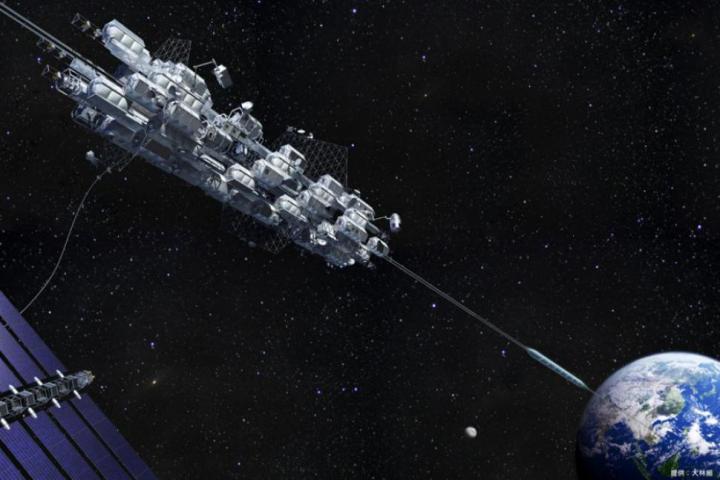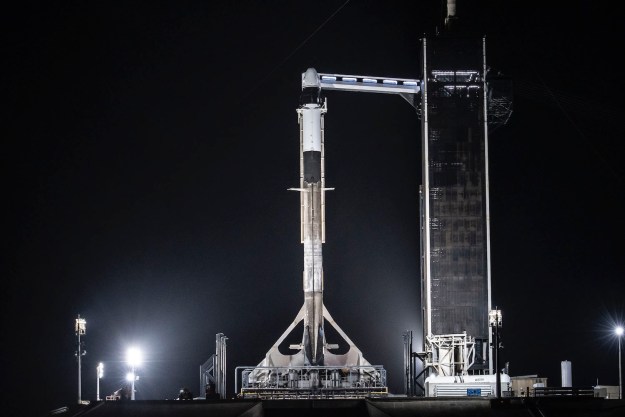
While the idea may sound somewhat fantastical to many observers, the Tokyo-based firm said it believes it will have a space elevator operating by 2050.
Obayashi, whose work includes the construction of the world’s tallest tower – Tokyo’s Skytree – says the cable carrying the elevator could reach as far as 60,000 miles (96,000 km) into space with a counterweight at the end, while the terminal station would be located 22,400 miles (36,000 km) above Earth.
The system would comprise robotic cars powered by magnetic linear motors, Australia’s ABC News reported Monday. Once built, the cost of transporting humans and cargo into space would be significantly lower than traditional rocket-based travel.
The cable could, for example, enable small rockets to be transported into space to the terminal station, from where they could launch, saving huge amounts of money on fuel costs in the process.
With the cars designed to carry up to 30 people, the elevator could also prove a real boost for the space tourism industry. However, you’d have to be OK about spending seven days together, as that’s how long the journey to the ‘top floor’ is expected to take.
Yoji Ishikawa, a research and development manager at Obayashi, said the project has been made possible by the development of carbon nanotechnology, which has a tensile strength around 100 times greater than steel cable.
“Right now we can’t make the cable long enough,” Ishikawa said. “We can only make 3-cm-long nanotubes, but we need much more. We think by 2030 we’ll be able to do it.”
Engineering departments at universities across Japan are holding regular contests to try to further develop the technology for Obayashi’s ambitious space elevator plan.
A major study conducted two years ago on the project’s feasibility found that Obayashi’s space elevator was not merely the stuff of science fiction but actually a real possibility. However, in order for it to become a reality, it recommended some form of international co-operation.
[Via ABC]
Editors' Recommendations
- Watch SpaceX blast its megarocket engines in spectacular test
- Watch Virgin Galactic blast its first tourists to the edge of space
- Take a ride on the Space Elevator
- How to watch NASA’s first space tourism launch to the ISS today
- SpaceX documentary about historic mission hits Netflix


